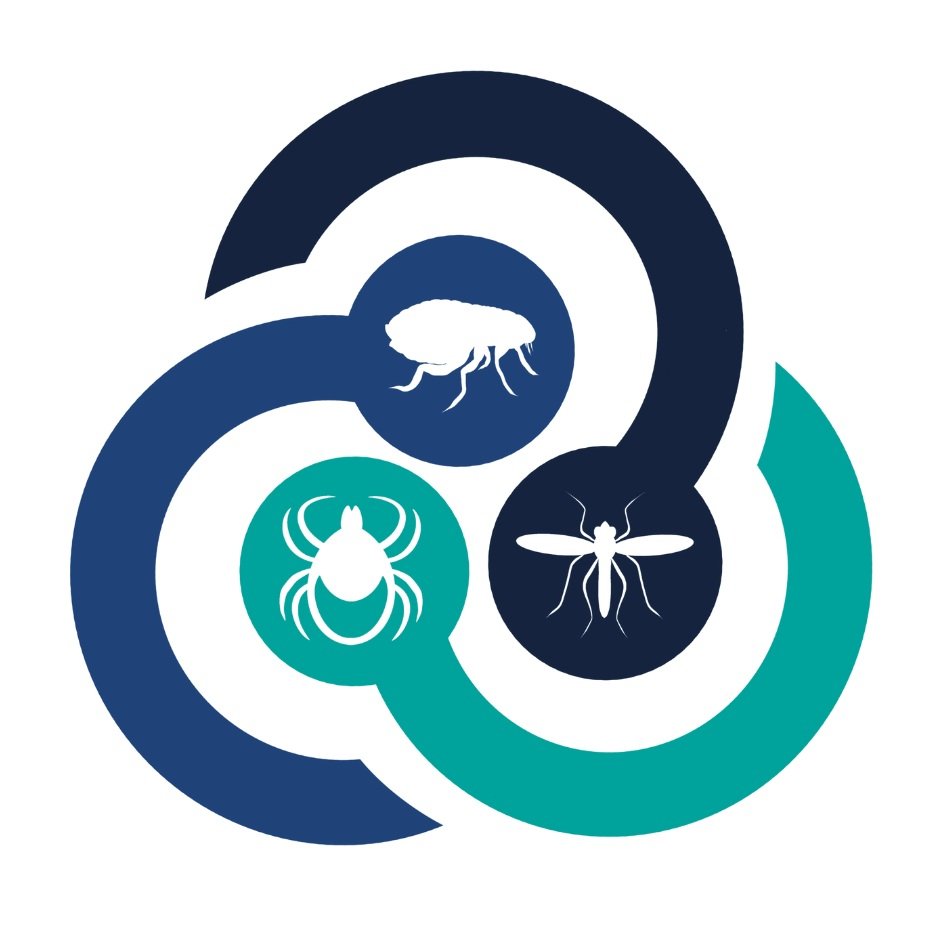Public Health Campaign Messaging
This project focuses on evaluating passive messaging used by public health to inform people about vectors and vector-borne diseases. Vectors are organisms like mosquitoes and ticks that spread diseases like malaria and Lyme disease. Passive messaging includes posters, flyers, and social media posts that aim to raise awareness without directly interacting with individuals. The goal of this project is to understand how effective these messages are in educating the public and influencing their behavior. By studying the impact of these messages, the project hopes to improve how public health communicates about preventing diseases spread by vectors.
What are the goals of this project?
The project aims to assess how effective passive messaging—such as posters, flyers, and social media posts—is in educating the public about vectors like mosquitoes and ticks and the associated vector-borne diseases. Ultimately, the findings will help public health agencies develop better communication strategies to more effectively prevent and manage diseases spread by vectors.
Specific objectives include:
Evaluate how well passive messaging (such as posters, flyers, and social media posts) informs people about vectors (like mosquitoes and ticks) and the pathogens they carry.
Determine how these messages influence public knowledge, attitudes, and behaviors related to vector-borne diseases.
Identify ways to enhance passive messaging to make it more effective in raising awareness and encouraging prevention practices.
Use the findings to help public health agencies develop better strategies for communicating about disease prevention.







